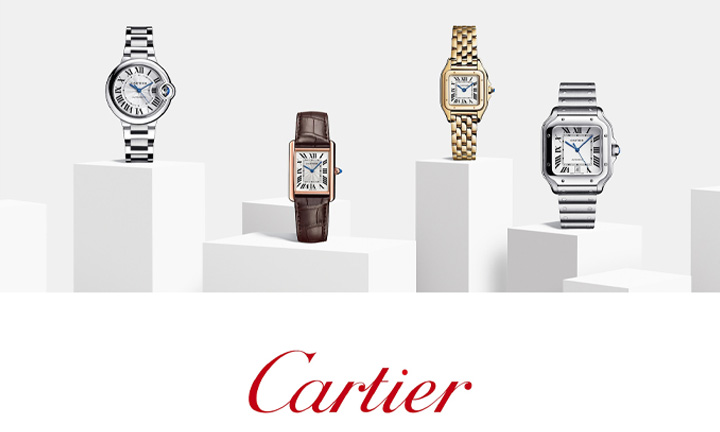
Beijing: With 850 million active users monthly, western luxury brands have been quick to embrace China’s “most important platform for luxury brands”, WeChat. Local and international brands have realised the potential of the platform to make them key players in China’s $103 billion jewellery market. Western companies have used it for flash sales as well as marketing and customer interaction. While these flash events have spurred sales, China’s online sales remain limited, says Antoine Pin, managing director of Bulgari in greater China. “The physical touch point seems to remain important for our product category,” he says.
Last year Cartier launched a storefront on WeChat, one of the first ecommerce-enabled sites belonging to a western luxury jeweler on the platform. Monitoring consumers’ current behavior will enable Cartier to expand its selection and quality on WeChat as well as other Chinese shopping sites. “Chinese consumers are so digitally native and mobile that it is crucial for brands to get their strategy straight,” says Liz Flora, editor of Asia-Pacific research at L2. “A lot of old heritage brands from Europe are very careful with their reputations and they shy away from ecommerce, but you’re looking at a whole different type of market, and brands that don’t have a strategy will fall behind their peers.”
“WeChat transcends ecommerce and is first and foremost about connecting to our customers,” says Renaud Litré, chief executive of Cartier in China, giving customers “easy access to one-to-one communication with sales staff.” Ecommerce sales, while still a small percentage of the brand’s total, offer “a great potential area for future growth”, the company says. Chinese consumers are moving away from the notion of buying jewelry strictly as an investment. Consumers are “more aware of global brands. They buy for different reasons, they don’t see jewelry as an expensive piece but more so as an accessory”, as does the European customer, says Madsen. “We’re seeing consumers in China now that are dedicated to online shopping only and that group of people is growing, so just by not being online you’re shaving off a huge part of the Chinese consumer.” According to Chinese fashion blogger Hazel Meng, a 26-year-old with 270,000 WeChat followers, many western brands have a presence on WeChat, although most do not use the platform to sell their products, which she believes is a wasted opportunity.
“The Chinese love the heritage and the history of European brands but often they don’t know about them,” says Arnold Ma, chief executive of London-based digital consultancy agency Qumin. He believes that WeChat “is the best way right now to reach a Chinese audience and to introduce them to specific brands and tell the story of the brand.” If the shoppers don’t yet know about that brand, this means it will “probably be the next big thing”.



